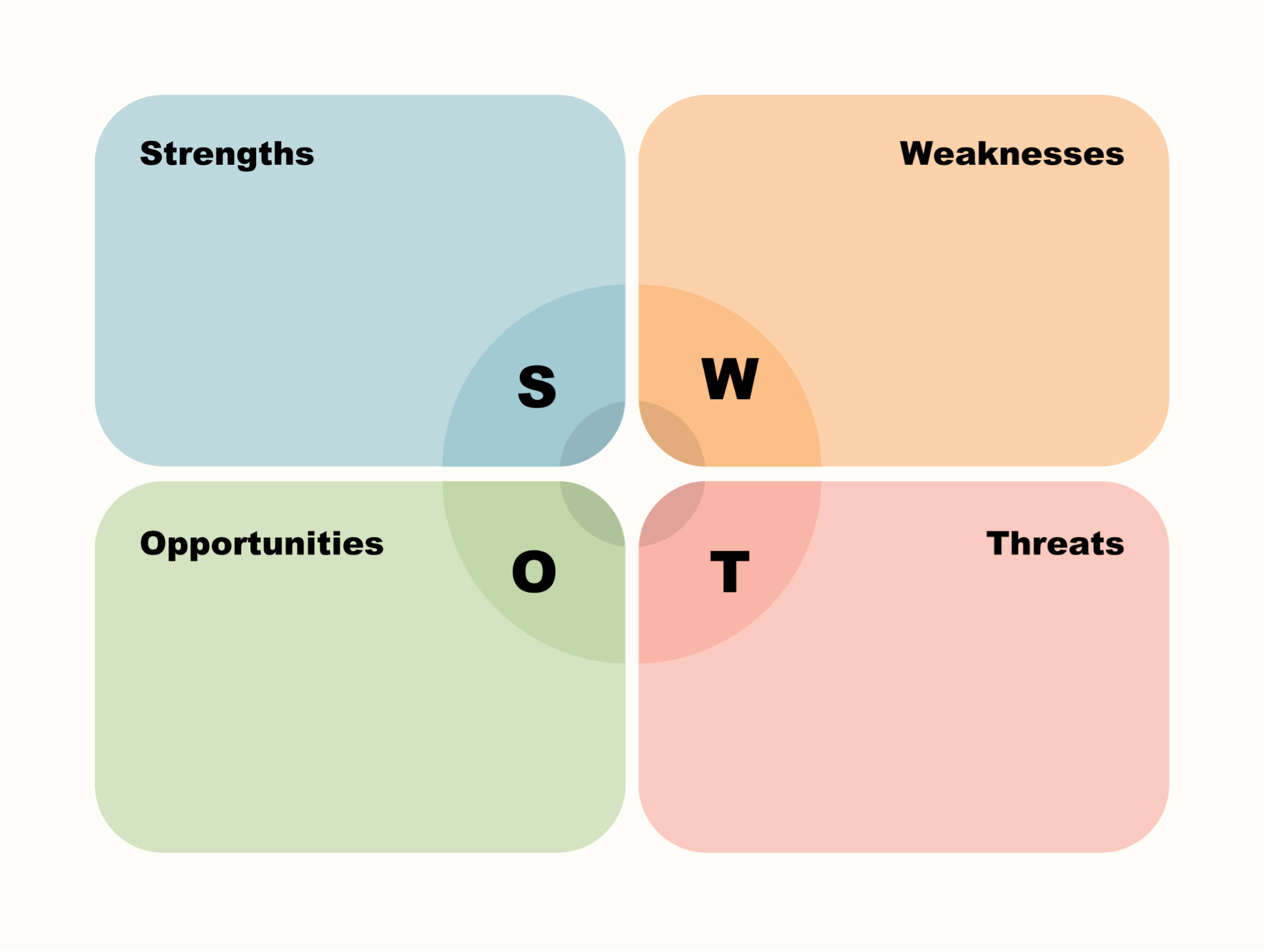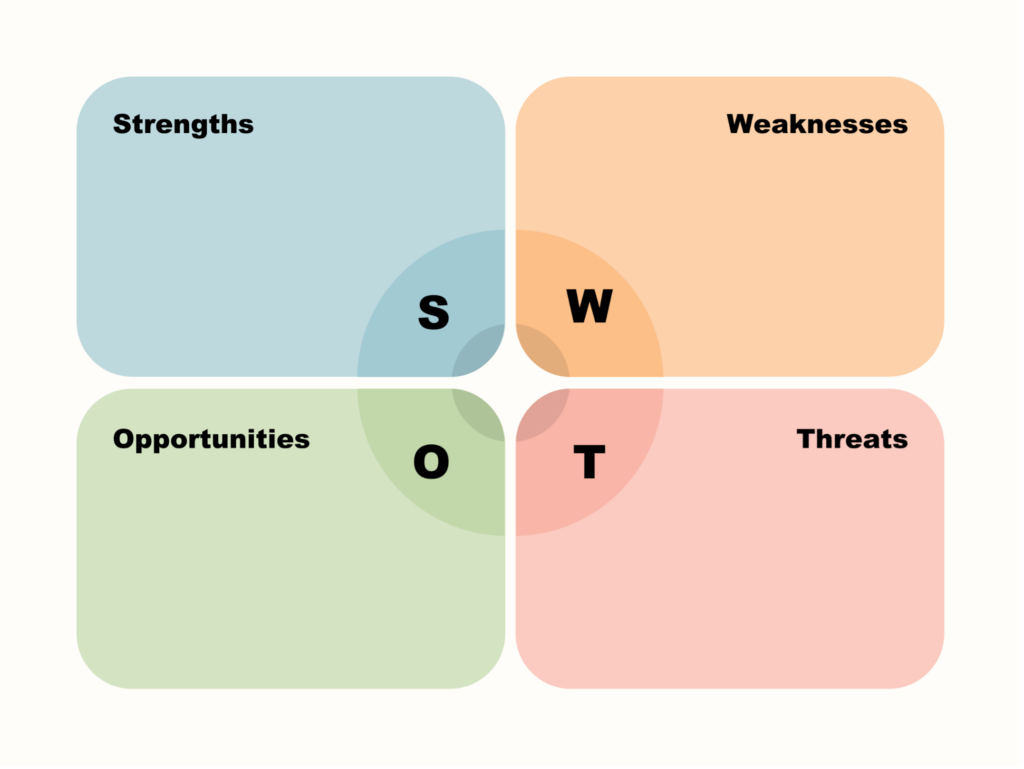Growing your Business
3 Easy Steps to Create a SWOT Analysis

In business, understanding your position and planning for the future are keys to your success. A time-tested tool that can help you do this is a SWOT analysis. SWOT stands for Strengths, Weaknesses, Opportunities, and Threats, and it offers a detailed yet straightforward way to assess your business, internally and externally. But how do you conduct a SWOT analysis? Here are three easy steps for small businesses:
1. Understanding and Preparing for Your SWOT Analysis
The first step towards conducting a SWOT analysis is to understand what’s involved. Strengths and weaknesses refer to internal factors within your business — things that you have control over. Opportunities and threats, on the other hand, are external factors — elements outside your business that can affect your operations, but which you don’t have control over.
2. Conducting Your SWOT Analysis
Let’s assume you have a small team that can help you identify each SWOT component. Start with strengths. Consider what gives your business a competitive advantage. This could be anything from a stellar reputation, dedicated staff, to unique products or services.
Next, identify your weaknesses. These are areas where your business could improve. This isn’t about being negative — it’s about understanding areas for growth.
Then, identify the opportunities for your business. This could be emerging trends, market changes, or technological advancements that your business could capitalize on. Remember, these are external factors that could benefit your business.
Finally, identify potential threats to your business. These could include new competitors, compliance changes, or economic volatility. Identifying threats is all about being prepared for future challenges.
3. Visualizing and Applying Your SWOT Analysis
Once you’ve identified your SWOT components, an effective way to present them is with a SWOT diagram. Here’s a simple one:

With your SWOT analysis in place, it’s time to apply it. The real value comes from using this analysis to guide your strategic planning. For example, you could leverage your strengths to take advantage of opportunities or make a plan to improve your weaknesses and mitigate potential threats.
Let’s illustrate this with an example. Imagine a small catering company that specializes in local and organic cuisine. Their strengths might include a talented chef and a reputation for excellent customer service. Weaknesses might be a small team that limits the scale of events they can handle. Opportunities could be a growing trend towards organic food in their city, while threats could include a larger catering company moving into their area.
The company could leverage their strengths by marketing their unique food offerings and exceptional service to tap into the growing organic food trend. They could address their weaknesses by hiring more staff or partnering with a freelance chef during larger events. To counter the threat of larger competitors, they could focus on building strong relationships with local businesses, event planners and venues. Applying to a BNI Chapter would be a great way to meet potential clients and referral partners.
As your business environment changes, your SWOT analysis should adapt accordingly. Periodic reassessment will ensure you’re staying ahead of changes and can adjust your strategies as needed. It is suggested you revisit and revise your SWOT analysis every six months. For a small business, this tool can act as your compass, guiding you towards continued success and growth in your profession.
Recent Posts
From Referrals to Results: How BNI Networking Helps Local Business Grow Faster
November 11, 2025
How Building Relationships is a Game Changer for Business Success in 2025
February 17, 2025

Experience the Power of referral networking in action
Get Invited



